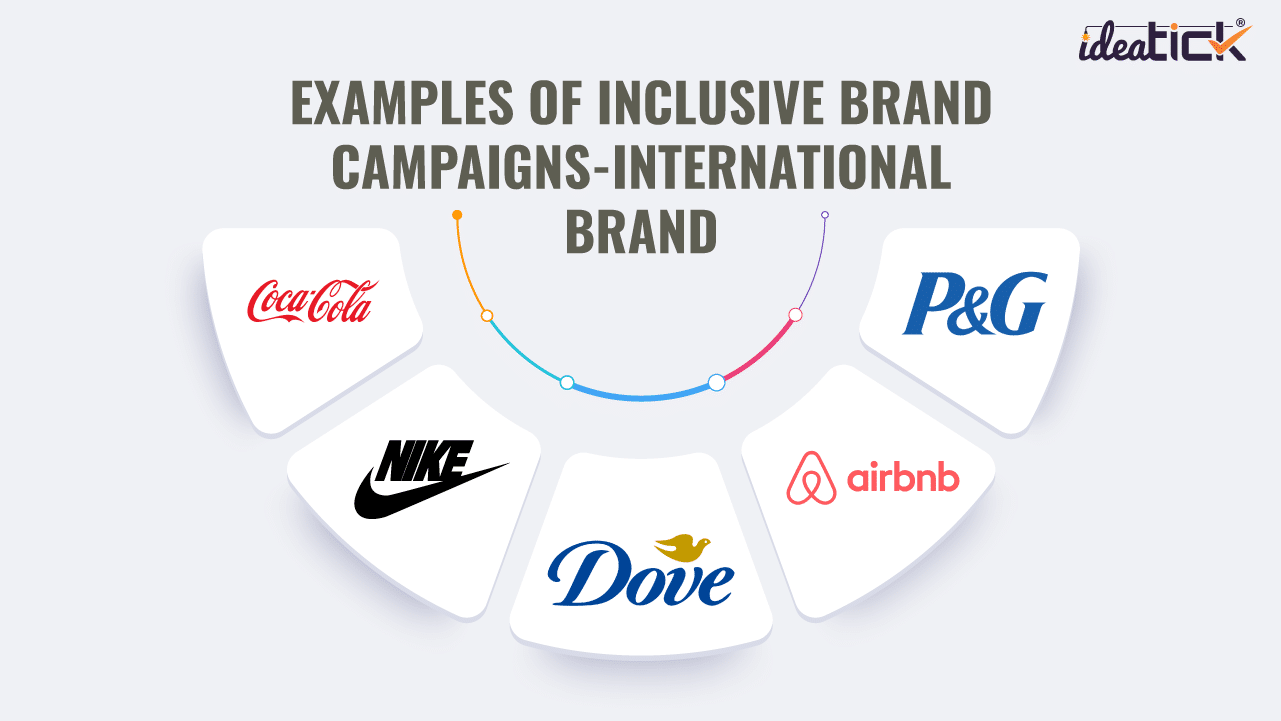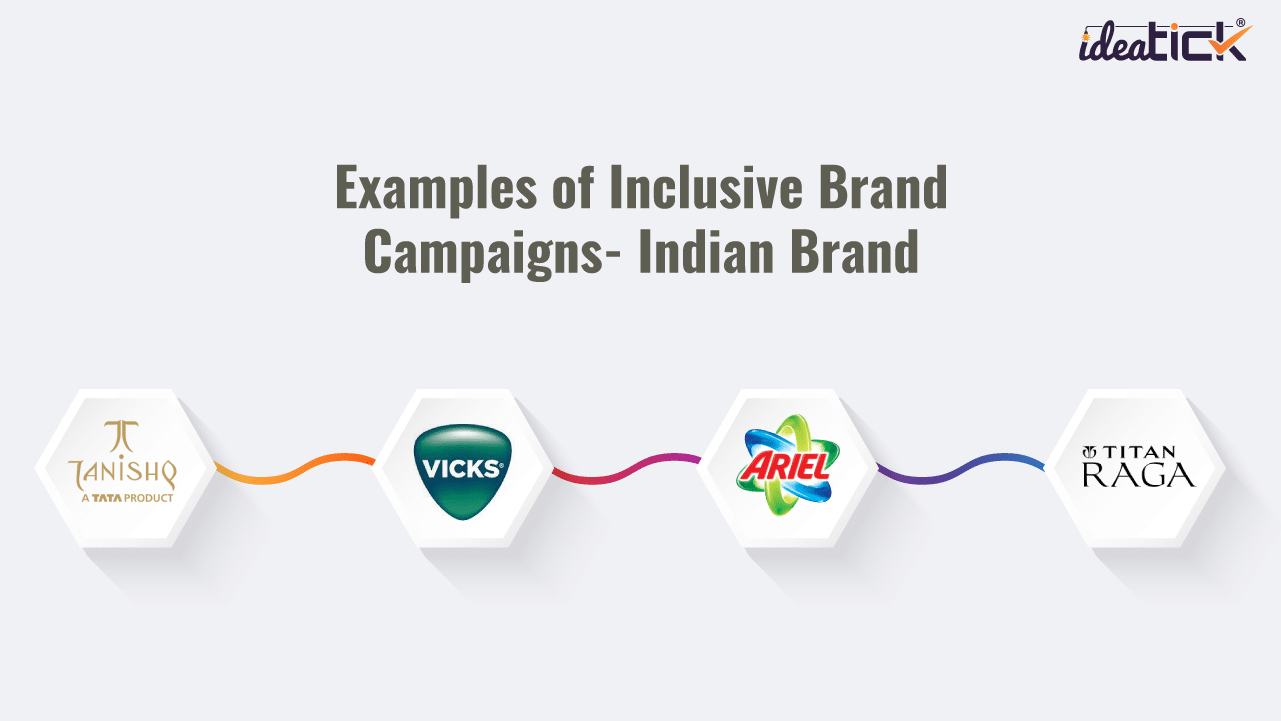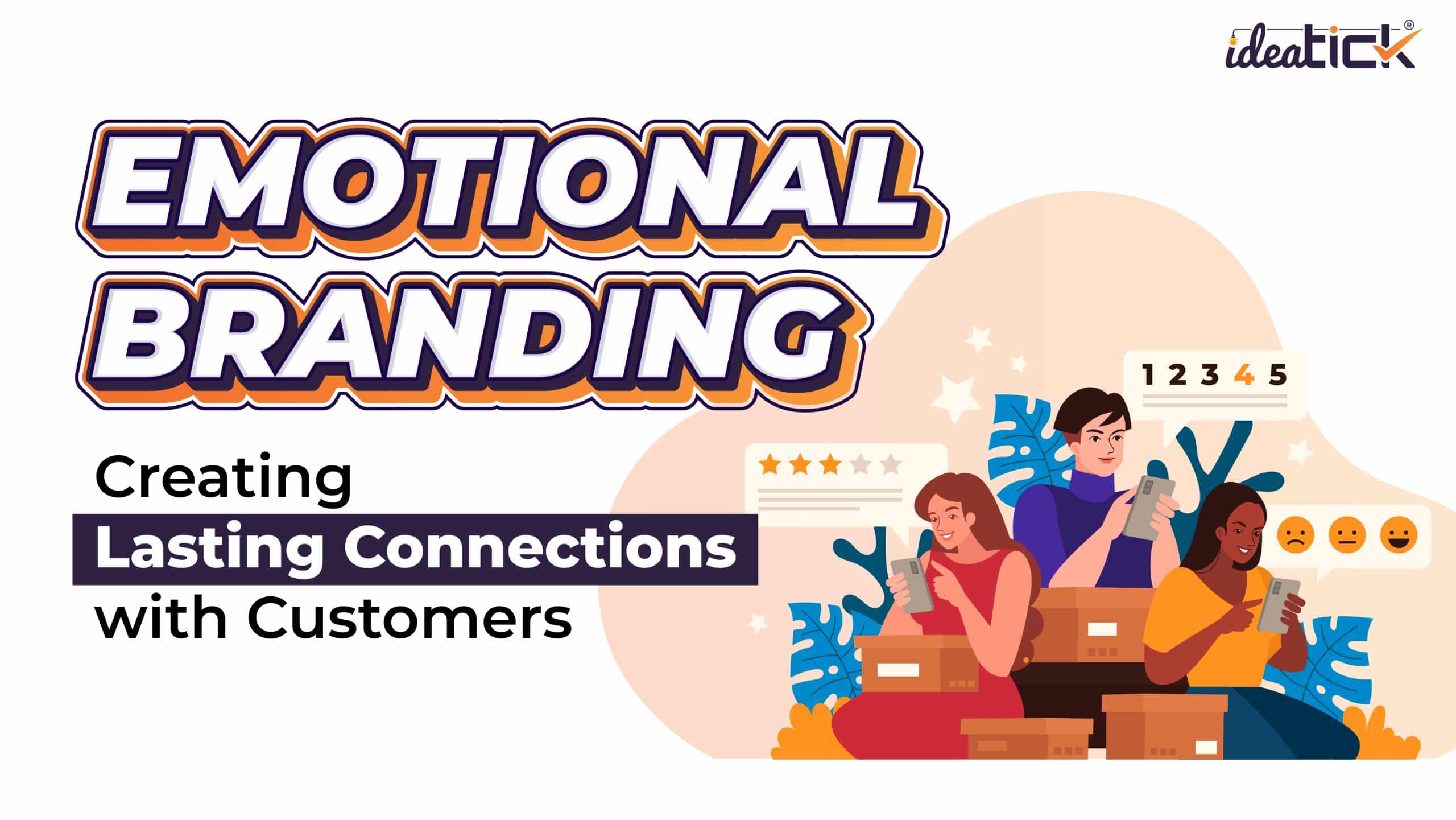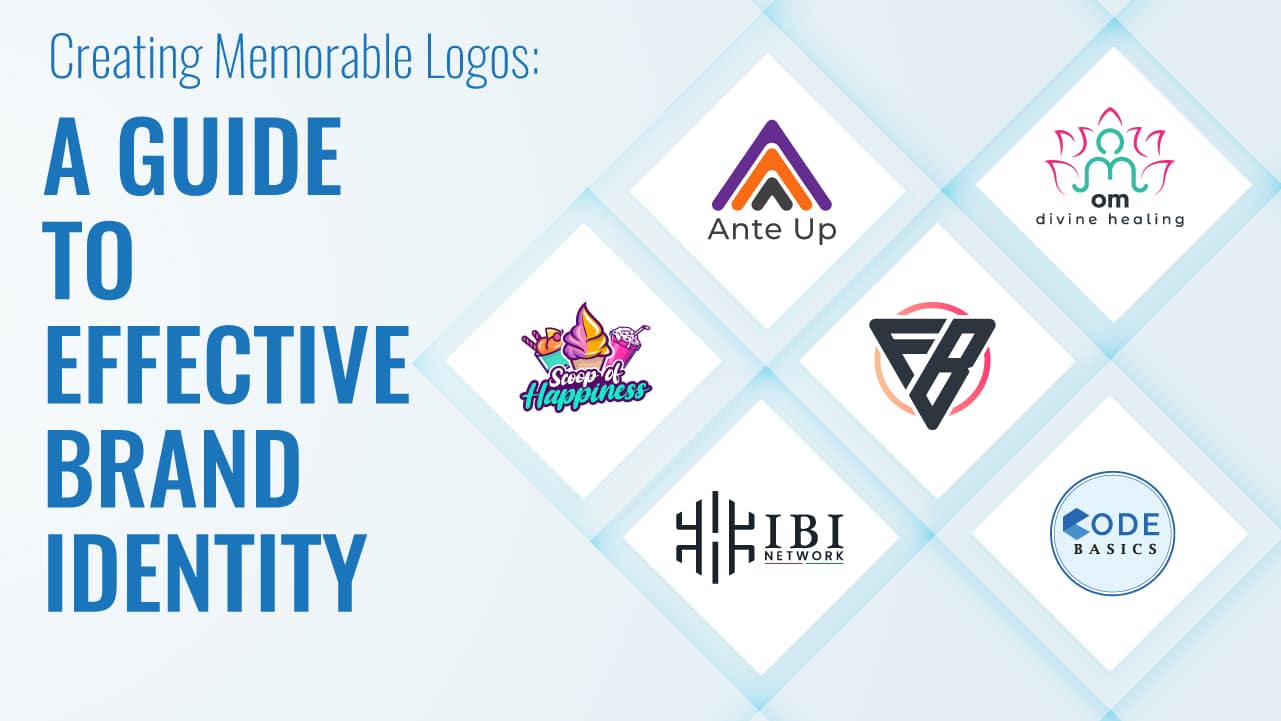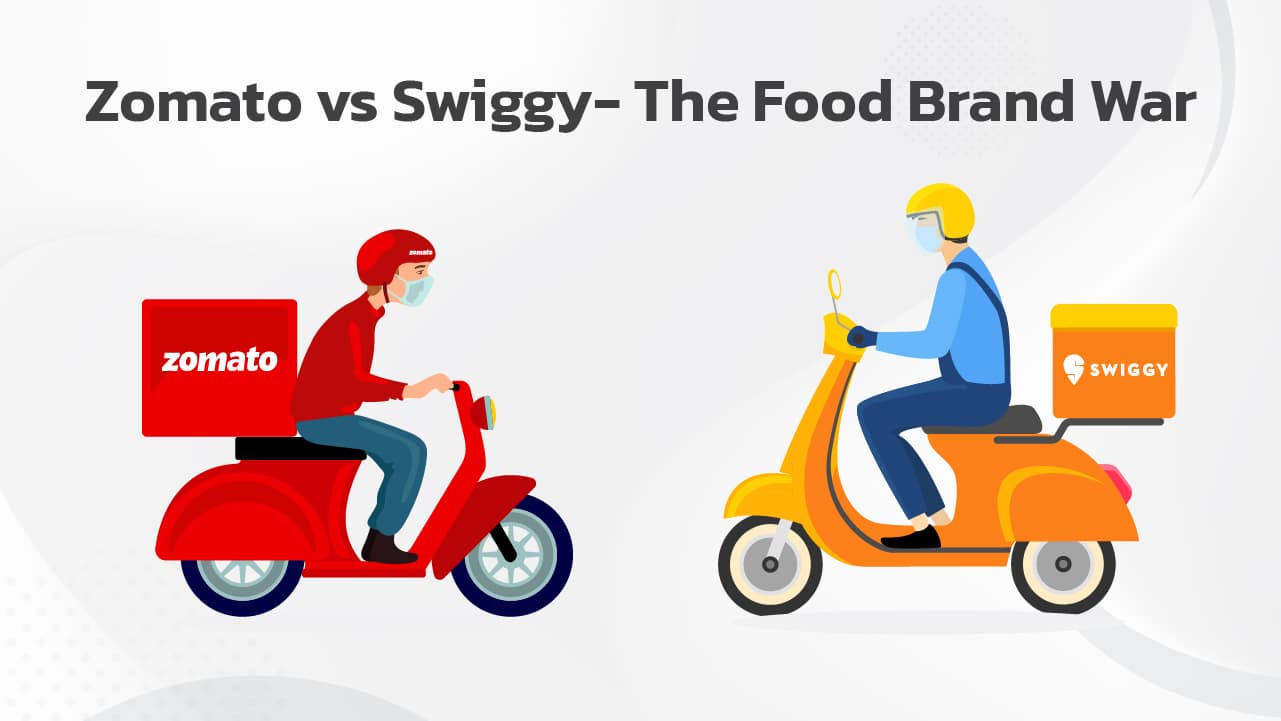Beyond Stereotypes: The Evolution of Inclusive Marketing
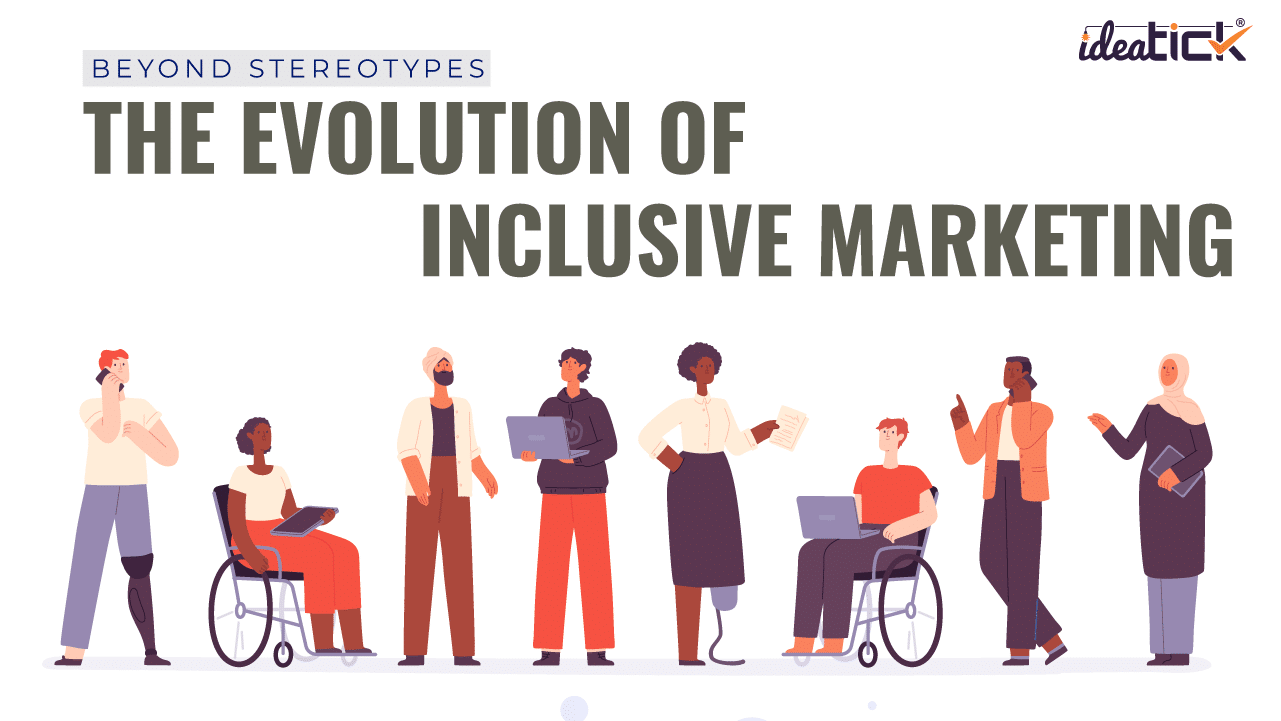
Once upon a time in the enchanted land of Marketingville, a new concept emerged called “Inclusive Marketing.” It was a magical approach that sought to break down the exclusion barriers and welcome everyone into the grand castle of brands. Inclusive Marketing was like a majestic rainbow across the kingdom, embracing people of all colors, shapes, sizes, and backgrounds. It sprinkled its fairy dust of acceptance and representation, ensuring no one felt left out or ignored.
The knights and princesses of Inclusive Marketing understood that diversity was the key to unlocking the castle’s hidden treasures. They knew that each person had a unique story to tell and that these stories were precious gems that could connect with hearts and minds.
Inclusive Marketing went beyond the enchanting domain of advertisements. It extended its magical touch to product development, ensuring that every creation was accessible and suitable for all. The kingdom’s doors swung open wider, and the marketing wizards welcomed new ideas and collaborations from every corner of the realm.
What Is Inclusive Marketing?
Inclusive Marketing is a transformative approach that aims to create marketing campaigns, strategies, and initiatives that embrace diversity, promote equality, and ensure that all individuals feel represented, valued, and included. It involves breaking down barriers and challenging stereotypes to foster a sense of belonging and connection among diverse audiences.
Inclusive Marketing recognizes that society is composed of individuals with different backgrounds, identities, abilities, and perspectives. It goes beyond targeting a homogeneous group and instead seeks to reach out to a broad range of people, acknowledging their unique experiences and needs. This approach strives to reflect the diversity of the target audience in the content, messaging, and imagery of marketing campaigns.
Principles Of Inclusive Marketing
The principles of inclusive marketing serve as guiding values and strategies to ensure that marketing efforts are genuinely inclusive and respectful of diversity. By adhering to these principles, marketers can create campaigns that truly embrace diversity, foster inclusion, and resonate with a wide range of audiences. Inclusive marketing not only reflects the values of a more equitable society but also benefits businesses by building stronger connections with consumers and driving positive social impact.
- Authenticity: Inclusive marketing requires authenticity. It’s essential to genuinely believe in and embrace the values of inclusivity rather than simply using it as a marketing tactic. Authenticity builds trust with consumers and fosters meaningful connections.
- Representation: Representation is crucial in inclusive marketing. It involves showcasing a diverse range of people in marketing materials, including different ethnicities, genders, ages, body types, abilities, and backgrounds. Representation should be accurate, and respectful, and avoid perpetuating stereotypes.
- Accessibility: Inclusive marketing considers accessibility for individuals with disabilities. This involves ensuring that marketing materials are accessible in terms of format, language, and design. It may include providing alternative formats, captions, audio descriptions, and optimizing digital platforms for accessibility.
- Cultural Sensitivity: Cultural sensitivity involves respecting and acknowledging diverse cultural backgrounds, traditions, and beliefs. Inclusive marketing avoids appropriation or misrepresentation of cultures and instead seeks to collaborate with communities to authentically represent their experiences.
- Inclusive Language: Language plays a significant role in inclusive marketing. It’s important to use inclusive and non-discriminatory language that respects and reflects the diversity of the target audience. Avoiding stereotypes and embracing inclusive pronouns and terms helps create an inclusive and welcoming message.
- Community Engagement: Inclusive marketing goes beyond one-way communication. Engage with diverse communities, listen to their feedback, and involve them in the marketing process. This collaborative approach builds trust, ensures authentic representation, and gains valuable insights.
- Intersectionality: Recognizing intersectionality is essential in inclusive marketing. Intersectionality acknowledges that individuals have multiple identities and experiences that intersect and shape their perspectives. It’s important to understand and represent the diverse experiences that result from the intersection of factors such as race, gender, sexuality, and ability.
- Social Impact: Inclusive marketing can be a catalyst for positive social change. Companies should strive to use their platforms to address social issues, promote equality, and contribute to a more inclusive society. It can involve supporting social causes, advocating for marginalized communities, and being aware of the impact of marketing practices.
Why is Diversity Important in Marketing?
Diversity is crucial in marketing for several reasons. Firstly, it allows companies to authentically represent their target audience and build connections by showcasing people from different ethnicities, genders, ages, abilities, and backgrounds. This inclusivity helps establish trust and a sense of belonging among diverse communities while expanding market reach. Secondly, diversity fuels creativity and innovation, as teams with diverse backgrounds and perspectives bring a wide range of ideas and insights to the table. This diversity of thought leads to more effective marketing campaigns, challenges bias, and stereotypes, and enhances brand reputation and loyalty. By embracing diversity, companies can attract and retain diverse talent, fostering a dynamic and innovative work environment. Ultimately, diversity in marketing drives positive social impact and contributes to a more inclusive and equitable society.
Examples of Inclusive Brand Campaigns- International Brand
In recent years, many international brands have embraced inclusive brand campaigns as a way to connect with diverse audiences and promote equality. These campaigns go beyond borders, spreading messages of inclusivity and celebrating the beauty of diversity. Here are a few notable examples:
- Coca-Cola’s “Open Happiness”: Coca-Cola has been a pioneer in creating inclusive brand campaigns. Their “Open Happiness” campaign featured diverse individuals from various cultures and backgrounds, highlighting moments of joy and connection that transcended boundaries. The campaign emphasized the universality of happiness and the importance of inclusivity in fostering shared experiences.
- Nike’s “Dream Crazy”: Nike’s “Dream Crazy” campaign celebrated the power of dreams and breaking barriers. The ad featured athletes from different backgrounds, including Serena Williams, LeBron James, and Colin Kaepernick, encouraging viewers to embrace their uniqueness and pursue their passions. The campaign sparked conversations around social issues, inspiring people worldwide to stand up for their beliefs.
- Dove’s “Real Beauty”: Dove’s “Real Beauty” campaign has made a global impact by challenging beauty standards and promoting self-acceptance. The campaign showcased women of diverse ages, sizes, and ethnicities, encouraging viewers to embrace their natural beauty. Dove’s efforts to celebrate real women and promote body positivity resonated with audiences globally, leading to widespread recognition and appreciation.
- Airbnb’s “We Accept”: In response to discrimination and intolerance, Airbnb launched the “We Accept” campaign. This initiative emphasized their commitment to inclusivity and highlighted the importance of welcoming individuals from all backgrounds. The campaign showcased a diverse group of hosts and guests, reinforcing the idea that Airbnb is a platform for connecting people and embracing diversity.
- Procter & Gamble’s “The Talk”: Procter & Gamble’s powerful ad campaign, “The Talk,” tackled racial bias and the conversations that Black families have with their children about discrimination. The campaign addressed an important social issue and sparked dialogue globally, shedding light on the experiences of marginalized communities and encouraging empathy and understanding.
Examples of Inclusive Brand Campaigns- Indian Brand
- Tanishq’s “Ekatvam”: Tanishq, a renowned jewelry brand, launched the “Ekatvam” campaign, celebrating unity in diversity. The ad portrayed a Hindu-Muslim interfaith marriage, emphasizing the importance of inclusivity and harmony. This campaign received international acclaim for its poignant message and beautifully depicted cross-cultural love.
- Vicks’ “Touch of Care”: Vicks, known for its healthcare products, released the “Touch of Care” campaign, highlighting the journey of an orphaned girl who finds love and support from her adoptive transgender mother. The ad showcased the power of love beyond societal norms, resonating globally and challenging stereotypes.
- Ariel’s “Share the Load”: Ariel, a laundry detergent brand, initiated the “Share the Load” campaign, addressing gender bias within households. The ad depicted a father questioning the unequal distribution of household chores and promoting gender equality. The campaign gained international attention for its powerful message and started conversations about gender roles worldwide.
- Titan Raga’s “Khudse Naya Rishta”: Titan Raga, a popular watch brand, launched the “Khudse Naya Rishta” campaign, celebrating self-love and breaking stereotypes around beauty and age. The ad featured a successful professional woman embracing her age and confidently choosing to remain unmarried, challenging societal expectations. This campaign resonated with women globally, promoting self-acceptance and empowerment.
These inclusive brand campaigns from Indian brands have successfully transcended borders, showcasing India’s progressive mindset and challenging societal norms. By addressing themes of diversity, inclusivity, and breaking stereotypes, these campaigns have resonated with audiences worldwide, contributing to the global dialogue on inclusiveness and social change.
Inclusive Marketing became a beacon of light in the dark forests of discrimination and exclusion. Its enchantment spread far and wide, inspiring neighboring kingdoms and even far-off lands to embrace its magic. The realm of Marketingville became a model for others to follow, and its marketers became revered storytellers, shaping a world where everyone felt like the hero of their tale.
And so, the legend of Inclusive Marketing continued to unfold, bringing together a diverse cast of characters and bridging the gaps between them. With each spell cast, the marketers of Marketingville ensured that their messages reached every heart, uniting the kingdom and spreading the magic of inclusion throughout the land.

